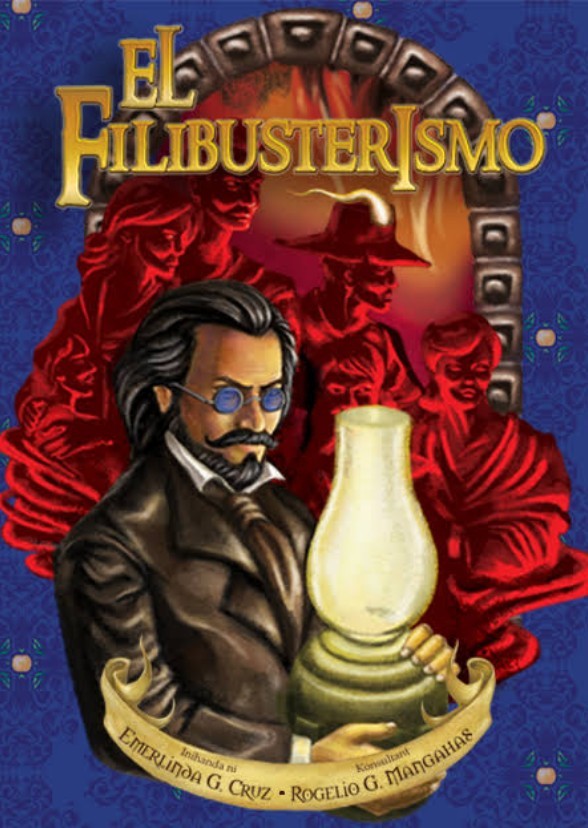
Jeh Verocil
Aug 07,2020
El Filibusterismo ( The Reign Of Greed)
filibusterismo (transl. The filibusterism; The Subversive or The Subversion, as in the Locsín English translation, are also possible translations), also known by its alternative English title The Reign of Greed, is the second novel written by Philippine national hero José Rizal. It is the sequel to Noli Me Tángere and, like the first book, was written in Spanish. It was first published in 1891 in Ghent. The novel centers on the Noli-El fili duology's main character Crisóstomo Ibarra, now returning for vengeance as "Simoun". The novel's dark theme departs dramatically from the previous novel's hopeful and romantic atmosphere, signifying Ibarra's resort to solving his country's issues through violent means, after his previous attempt in reforming the country's system made no effect and seemed impossible with the corrupt attitude of the Spaniards toward the Filipinos. The novel, along with its predecessor, was banned in some parts of the Philippines as a result of their portrayals of the Spanish government's abuses and corruption. These novels, along with Rizal's involvement in organizations that aimed to address and reform the Spanish system and its issues, led to Rizal's exile to Dapitan and eventual execution. Both the novel and its predecessor, along with Rizal's last poem, are now considered Rizal's literary masterpieces. Both of Rizal's novels had a profound effect on Philippine society in terms of views about national identity, the Catholic faith and its influence on the Filipino's choice, and the government's issues in corruption, abuse of power, and discrimination, and on a larger scale, the issues related to the effect of colonization on people's lives and the cause for independence. These novels later on indirectly became the inspiration to start the Philippine Revolution. Throughout the Philippines, the reading of both the novel and its predecessor is now mandatory for high school students throughout the archipelago, although it is now read using English, Filipino, and the Philippines' regional languages.





















Comments